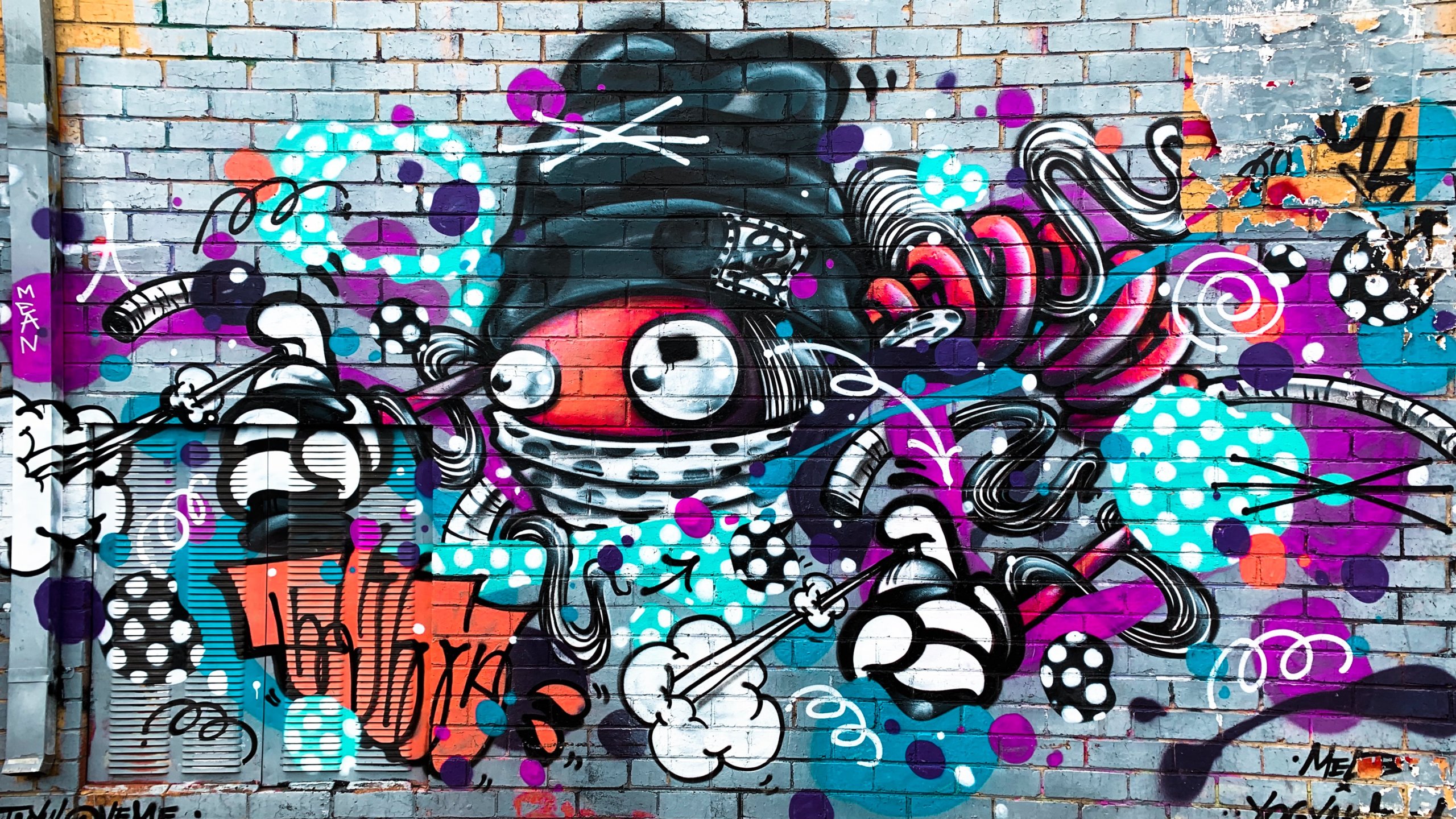
With the media’s limelight more focused on global warming, poaching, and other man-made environmental issues in recent years, sustainable living has become a priority for people to practice in their day-to-day. But sometimes, this can prove to be difficult, especially when there is a lack of contextual information about the products you may be purchasing.
Blockchain development has been hailed as a panacea for preserving the integrity of transactions in many industries, but few applications actually exist right now that capitalize on the unique advantages this technology offers. A company called Viant is tapping into the potential of blockchain to ensure that sourcing fish for food is sustainable.
Ensuring Sustainability From the Sea to Your Plate
When people dine at a seafood restaurant, it’s not uncommon for them to inquire about where their fish comes from. After all, it’s the ecologically-responsible thing to do! Unfortunately, it’s often impossible to verify whatever answers they receive. In collaboration with the World Wild Fund for Nature (WWF), Viant is trying to change this with their new blockchain certification system. But how does it work?
Right after being caught, fish are tagged with a QR code identifier and registered in Viant’s blockchain. From there, every part of the journey for the fish is tracked. This lets organizations like the WWF follow what distributor the fish goes to and which restaurant purchases and serves it. Essentially, this allows for the ability to verify if the fishing harvest came from a sustainable fishery.
As Tyler Mulvihill, the co-founder of Viant, puts it, “It’s immutable, verifiable proof that the yellowfin tuna you got in a restaurant was caught in Fiji, went through X distributor and arrived at the restaurant you’re now eating it in today.” Participants in the program choose what gets uploaded to the blockchain as well as how to track it. For example, the first entry for a fish into the blockchain could be either a photo or video of it getting caught. Distributors can also elect to utilize RFID in place of QR codes if they desire.
Validating the Hype
The massive hype surrounding blockchain can’t be overstated, but as mentioned before, few benefits have been fully realized by comparison. Viant’s contribution is not only a refreshing take but also a solution that addresses a more impactful problem than a company’s bottom line.
To accomplish this feat, the company utilized the help of New York City developer ConsenSys and Microsoft Azure to construct its blockchain platform. But tackling overfishing isn’t the only application Viant sees for its Ethereum-based product. Even though the company is “operating in stealth mode” as part of a testing period, all of its current clients are paying for the use of its platform. These customers include major players from industries like medical as well as oil and gas, to name a few.
Blockchain’s ability to revamp supply chain processes and bring a new level of transparency never seen before makes it applicable to virtually every industry. We love learning about these types of cases and hope to see more uses of blockchain that benefit the whole world, not just businesses. Do you know of an awesome way that blockchain technology is being utilized? Let us know in the comments!





